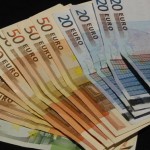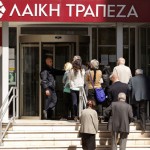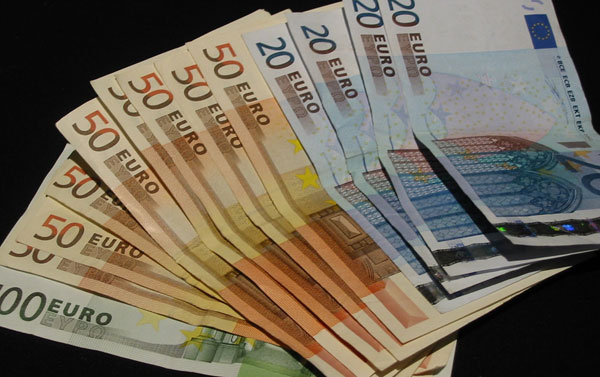Greece is a tiny economy, amounting to only 2½ per cent of the 17-nation Eurozone, yet its difficulties have triggered a financial crisis that is sweeping across the Continent and threatens to engulf the global system.
How is that possible?
Owners of mobile capital – banks, multinationals, wealthy individuals, are starting to shift their money, away from what they see as areas of risk into what they perceive to be the safe havens. Precious metals. The strongest banks. The most secure bonds.
As this shift gathers momentum, it spreads the fear of loss in other assets and banks, ratcheting up the stresses… and the dangers.
What threw petrol on a bonfire was the recent decision of Eurozone governments, in their rescue plan for Athen’s finances, for the first time to impose a “haircut” (penalty) on private-sector holders of Greek government debt. They are to suffer capital loss on the bonds they hold, whose maturity values are to be halved.
Even worse, Eurozone governments are using political blackmail to force their banks, who are the major private-sector holders of the bonds, to sign up to the deal so the haircut can be categorized as “voluntary.” The intention is to deprive them of being able to claim compensation for their capital losses under Credit Default Swop contracts.
These developments have caused an outbreak of panic among private-sector holders of the sovereign bonds of Eurozone countries, who fear they could be forced to accept haircuts in rescue plans, without being able to claim insurance against them. Yields on the ten-year bonds of Italy, for instance, soared to around 7 per cent.
The crisis has now spread beyond the bond markets to the heart of the European financial system – private-sector banks. These are giant institutions – the five biggest in France, for example, have liabilities three times the size of the French economy’s annual output.
► They have huge holdings of Eurozone government bonds whose value is questionable, and other dodgy assets such as toxic debt arising out of the earlier crisis in the US.
► They have made large loans to their own corporate and personal sectors whose default risk is rising as Europe moves into recession.
► They are under pressure from regulators to boost significantly, and quickly, the capital reserves needed to shield them from bankruptcy.
► Perhaps worst of all, as they cannot attract enough deposits from their customers, they have major dependence on money borrowed on the wholesale market from financial institutions that have cash surpluses. In recent weeks that market has largely shut down, as banks increasingly fear “counter-party risk” – that if they lend to other banks, those could go bust.
A European crisis is snowballing into a global crisis.
To ward off disaster and comply with regulators’ demands, the banks are:
► Selling assets, including riskier bonds and “non-core businesses” such as those outside their home countries;
► Cutting back on the credit they provide, which inevitably will drive Europe deeper into recession;
► Borrowing huge amounts from the European Central Bank – totalling now more than half-a-trillion euros.
How did we get into this mess?
The fundamental cause is debt. Individual households, businesses and in particular governments have borrowed far too much. Now the bill is being presented for a half-century of profligacy.
Total debt in the mature economies has grown to more than three times their annual output. It has doubled since 1980. This does NOT include future liabilities such as pensions that will have to be paid.
Governments are largely to blame. Example: in the US corporate debt is equivalent to 75 per cent of one year’s economic output, and consumer debt is 95 per cent — but government debt, including the cost of promises such as pensions to be paid in future, reached 541 per cent at the end of last year and is still climbing fast.
CopyRight – OnTarget 2011 by Martin Spring







